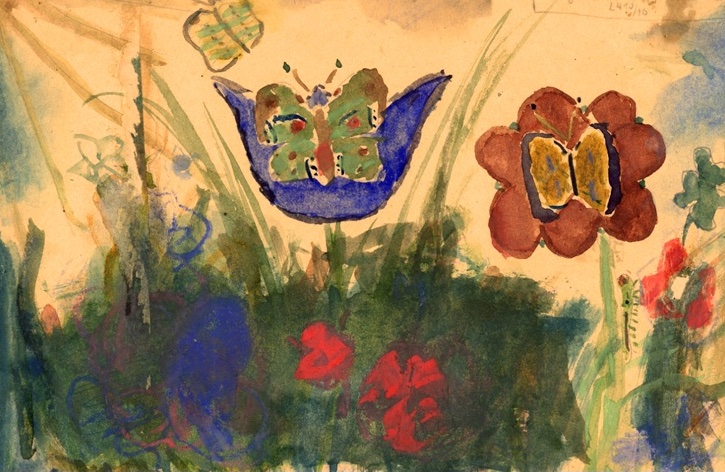

Between Art and Record Keeping –
Artistic Representations of the Holocaust
Ori Z Soltes, Washington DC
January 27, 2021 @ 12:00 pm - 1:00 pm
| FreeWATCH THE RECORDING OF THIS EVENT HERE.
On January 27, we celebrate the anniversary of the liberation of Auschwitz-Birkenau and commemorate the six million Jewish victims of the Holocaust and millions of other victims of Nazism. The United Nations General Assembly designated this day as International Holocaust Remembrance Day.
Lecture by
Ori Z Soltes, PHD, Teaching Professor at Georgetown University in Washington DC
Introduced by
Rachel Stern, Executive Director of the Fritz Ascher Society in New York
Ori Z Soltes teaches at Georgetown University across the disciplines of theology, art history, philosophy and politics. He is the former Director and Curator of the B’nai B’rith Klutznick National Jewish Museum where he curated some 80 exhibitions. He is the author of several hundred articles and catalogue essays, and the author or editor of 24 books, including The Ashen Rainbow: The Holocaust and the Arts; Symbols of Faith: How Jewish, Christian, and Muslim Art Draw from the Same Source; and Tradition and Transformation: Three Millennia of Jewish Art and Architecture.
IMAGE: Margit Koretzova, Butterflies, 1944. Collection of the Jewish Museum Prague.
Margit Koretzova (April 8, 1933-April 1944 Auschwitz) was 11 years old when she perished at Auschwitz not long after painting this work.
Butterflies was painted at the Terezin (Theresienstadt) ghetto, where artist Friedl Dicker-Brandeis organized art lessons encouraging the children to express their feelings in their work. Before being shipped to Auschwitz, Friedl Dicker-Brandeis buried 4500 of pieces of artwork in two suitcases. Others were found hidden in mattresses and stuffed in cracks between the walls. These drawings allow us to see what life was like in Terezin, through the eyes of children: a heart rending look at the misery, sadness, and fear of these innocents as well as their courage, their hopes, and their fears.
In autumn of 1944 Friedl Dicker-Brandeis and the majority of her students were deported East, and with her nearly all of them perished in the gas chambers of Auschwitz. Of the 15,000 children who passed through the Terezin (Theresienstadt) ghetto, only about 100 survived.
This is the largest collection of children’s drawings from the period of the Shoah in the world. It is in the collection of the Jewish Museum Prague.
Friedl Dicker-Brandeis (1898–1944 Auschwitz) was a painter, interior and stage designer, graduate of the Bauhaus, and pupil of Franz Čížek, Johann Itten, Lyonel Feininger, Oskar Schlemmer and Paul Klee.
As part of what was mostly a clandestine education programme for children at Terezín, the art classes were very specific in nature, reflecting the progressive pedagogical ideas that Friedl Dicker-Brandeis had adopted during her studies at the Bauhaus (especially in the initial course developed by Johannes Itten). Drawing was seen as a key to understanding and a way of developing basic principles of communication, as well as a means of self-expression and a way of channelling the imagination and emotions. From this perspective, art classes also functioned as a kind of therapy, in some way helping the children to endure the harsh reality of ghetto life.


